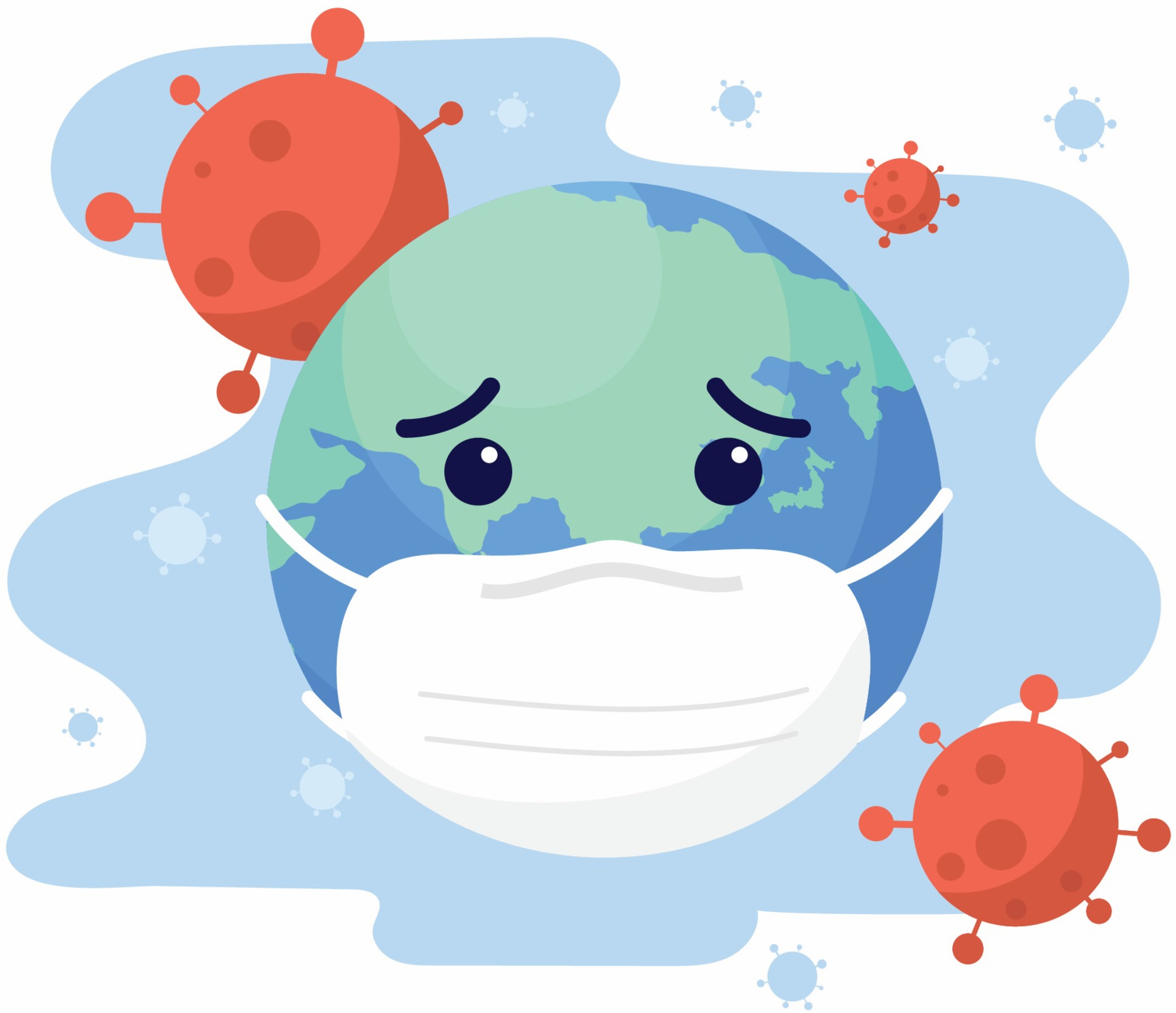The most common reason for changes in the event planning is of course if artists become acutely ill and are strongly advised by doctors not to perform, so as not to risk their health permanently.
If those responsible for an arrangement believe there may be an imminent danger to performers or spectators, they have an obligation to cancel or stop and postpone the event. It can be major natural disasters or maybe just bad weather at an outdoor event, but increasingly also global societal problems such as terrorist threats and the spread of deadly diseases have caused major disruptions in the event planning. We have recently experienced the consequences of the Coronavirus (Covid-19 which the WHO categorized as a pandemic on March 11, 2020) and learned to live with the uncertainty the pandemic still brings.
Barely two years after the start of the Corona pandemic, over five million people had died from Covid-19 globally. The rich countries of the world accounted for almost half of the reported deaths, which may have been misleading as the reported number of deaths in poorer countries was probably underestimated due to a lack of testing. (Source: AP November 2021)
On May 5, 2023, the WHO declared that the Corona pandemic no longer constitutes a global health emergency, but continues to use the designation 'pandemic' due to its spread throughout the world. We remember the information text (see article below) we put out three years earlier in the spring of 2020, trying to explain why our calendar had started falling apart and to together support the fight against the Coronavirus.
2023-05-08 (2024-04-26) • MF
The Fight Against the Coronavirus
Sweden has introduced an upper limit of people at public gatherings and appeals to the people's joint and several responsibilities to reduce the spread of the new Coronavirus (Covid-19).
The new virus, which is classified as a pandemic, we will learn to live with for some time to come. It is extremely contagious and therefore more dangerous than regular seasonal flu. As with all flu viruses, it’s important to level and limit the spread so that everyone who needs intensive medical care can get it. The virus is spread mainly through direct contact infections and droplets in the air during sneezing and coughing (up to two meters from the infected person). Guess that nobody has missed the importance of hand hygiene! New medical findings suggest that infection can also be spread through the air of an infected person.
Every year between 200 and 1000 people in Sweden die from the recurring winter flu. A small percentage of all people who are infected are affected very hard and can even die in the suites. It is therefore primarily a matter of protecting the people who belong to the risk groups from being infected. The largest risk group is, in experience, all people older than 70 years. In addition, those who are at risk of dying usually have one or more underlying serious illnesses.
Young people are very rarely affected by the virus! But everyone must help in the fight against Corona and take full responsibility for avoiding unnecessary risk of infection. Think about loved ones in your proximity - family, relatives, friends ...
Take care of yourself and think in solidarity - regardless of age!
2020-03-01 (2020-03-29) • MF

